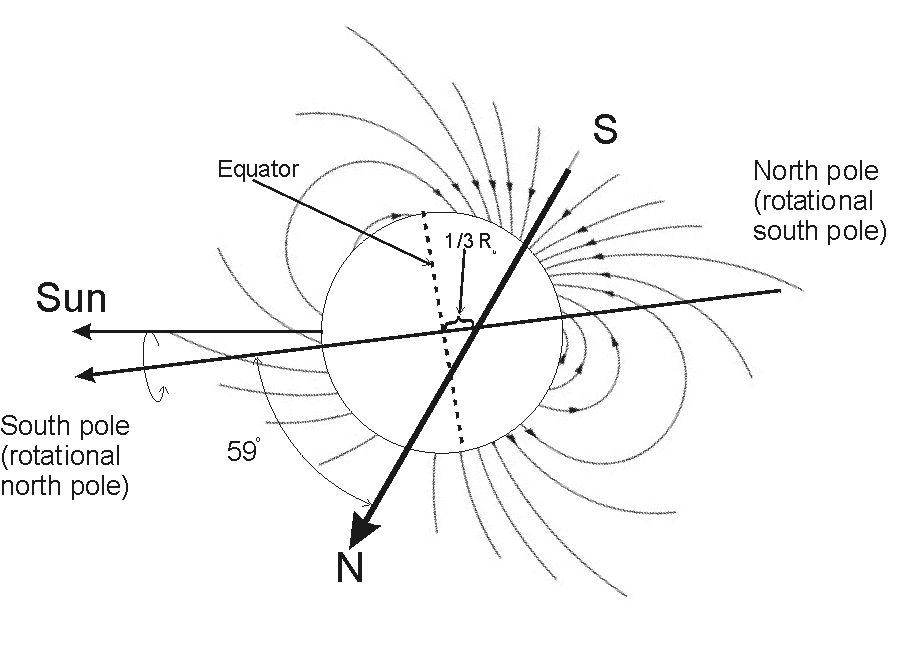The New General Catalogue, as it stands today, has 7840 entries of various galaxies, nebulae and star clusters. It is based in part on the findings of William Herschel and his list of deep sky objects — over 2000 objects in total — compiled in 1786. Herschel spent many nights in his backyard with handmade telescopes, fixing their heights and letting the Earth revolve, passing the night sky before his lens. Another night, he would adjust the height and observe another swath. Soon, he had the entire sky mapped. During the time he was searching for double stars (they’re more common that you’d think), he noticed a pale blue orb showing a disk rather than a sharp point of light. At first, he thought it to be a comet, though he was perplexed as to why it did not have a discernable tail. As a comet nears the Sun, the ices in it begin to steam and trail behind, though this object — which was clearly within the solar system — did not. As more observations were made, by Herschel and astronomers abroad, the object’s orbit was able to be calculated as nearly circular, quite unlike the highly elliptical orbit of comets.

A graphic of the orbit of a comet that shows its eccentric orbit and tails (Via Colorado.edu)
The only logical thing this object could be was a planet. The news spread fast. No planets had ever been discovered, they had always been known as the “wandering stars” watched by ancient astronomers. After much discussion, the name was finally chosen. Uranus, god of the sky. At this point, I feel I should mention that the name was chosen from the Greek Ouranos, which would make the current pronunciation UR-en-us.
Uranus is a unique planet, in more ways than just being tilted on its axis more than 90 degrees. Of all the gas giants, it has the most large moons, relative to the others. That isn’t to say Uranus has many massive moons — the five that are considered to be the major moons are still tiny. The largest, Titania, is only half as large as our Moon. A further 22 moons are also known, though they are even smaller and none are massive enough to have become spherical under its own gravity. Miranda, the smallest rounded moon, is the second smallest object known to have made itself spherical. It is a very odd moon. Mostly water ice, Miranda looks as though it were thrown together at random. The largest cliff in the solar system, Verona Rupes, runs along the southern face, 15 miles high at places. It is so large and Miranda’s gravity is so small it would take more than 10 minutes to fall the entire length, even at double the terminal velocity a human can experience on Earth.

Uranus’ moon, Miranda. Verona Rupes is the jagged section right of bottom (Via Wikimedia Commons)
If you’ve ever seen Uranus through a telescope (or with your naked eyes if the sky is dark enough), the cool blue of its atmosphere shines through, even at its great distance. Methane in the upper atmosphere absorbs the redder light from the sun and reflects out this aqua color. Having an abundance of methane and ammonia makes it an ice giant, like Neptune. Also like Neptune, the magnetic pole of Uranus is askew from the axis of rotation, which causes fluctuations in the field. However, rather than passing through the center of the planet, the pole of Uranus is offset by about a third of its radius, adding further complications to its magnetosphere.

Uranus’ magnetosphere and orbital inclination (Via Wikimedia Commons)
Now, onto the main event. Why is Uranus tilted on its side? Short answer: We have no idea. The best guesses are that a resonance between Jupiter and Saturn (like the one that caused Neptune to change position) caused a difference in gravity enough to tilt it. The other and more likely cause was an impact from an Earth-sized body early in the solar system’s history. But who’s to say. Space is weird.






